Blog
What Are The Levels Of Group Development? 2024
Interpersonal ache factors are all kinds of awkward however they don’t appear to be the norm. That comes next, if teams are capable of talk productively and discover a way to work together. The giant versions are often known as enterprise items or departments.
Of course, they may also be smaller assemblages of employees—committees, workgroups or simply project groups. Some groups do come to an finish, when their work is completed or when the organization’s wants change. While not part what are the four stages of team development of Tuckman’s unique mannequin, it is necessary for any group to pay attention to the tip or termination course of.
Tuckman’s basis helps staff leaders perceive how group dynamics change as a project progresses. By understanding the five levels of group improvement, you possibly can support your team as they’re getting to know each other to quickly enable collaboration and efficient teamwork. In the sooner phases of your team’s formation, establish a transparent communication plan.

Fair warning to team members (and leaders) who don’t like conflict—things will get awkward. But if groups can’t determine the issues, communicate constructively, and work to resolve them, they will get caught at this stage. First days at new jobs, first assignments with new bosses—the forming stage of teamwork is all about first meetings and first impressions. Depending on the personalities and experiences of its members, a staff could possibly take in new parts with much less (or more) friction.
Signs And Inquiries To Look Out For In The Forming Stage
After studying every little thing above, you might have a pretty good thought where your staff is at – but does the relaxation of the staff agree? We all understand things in our own distinctive means based on previous expertise and what we know now. The key to shifting via this stage is to make things so easy as potential. Hopefully, your team’s purpose or desired end result is known by this level. Now it’s time to make sure everyone understands the incremental milestones on the way to your aim, and what their role is in helping the team get there. Clarity as to what success looks like at every milestone will give your group a much-needed confidence increase.

Sign up for our month-to-month publication to obtain Kimberly’s skilled suggestions, tools, and strategies. Trusted by 20,000 companies and 6,000 agencies, Teamwork.com enables you to easily track, manage, and customise multiple complex tasks. See extra of what Teamwork.com can do for your small business now – get began now at no cost, view our comprehensive pricing plans, or e-book a demo right now. Create immediate stories on project well being, billable vs. non-billable time, utilization, profitability and more.
Overall, to find a way to get to real productivity, groups want to move previous the small talk and be ready to have interaction on a extra real degree, potential battle and all. Getting comfy with each other leads to connections, and connections pull individuals out of their individualistic attitudes. Part of this is leading them to understand that their new group members are bringing abilities to the table that assist everyone to achieve a means they couldn’t do by themselves. Setting objectives together places these abilities and pursuits into the open. At this initial stage, the staff is actually a collection of individuals beginning to assume about the project and the role they’ll fill. Each person is operating from their personal vantage point, targeted on the “what’s in it for me” causes for becoming a member of the team.
Excessive Potential Leaders Can Absolutely Lead Groups, Right?
This is an idea that psychologist Bruce Tuckman came up with to correctly perceive the progress of various groups and the development of key contributors. Focus on building a shared understanding across your group and with stakeholders. While those people are still out there when we want them, we often don’t. Most groups at present work according to the rules of the agile movement. Even if you’re not “Agile” (with a capital A), you self-organize round tasks.
In the Performing stage of staff improvement, members really feel satisfaction within the group’s progress. They share insights into personal and group process and are aware of their very own (and each other’s) strengths and weaknesses. Members feel attached to the team as one thing “higher than the sum of its elements” and really feel satisfaction within the group’s effectiveness. Members really feel confident of their particular person skills and people of their teammates. During the Norming stage of team growth, team members start to resolve the discrepancy they felt between their individual expectations and the reality of the staff’s expertise. If the staff is successful in setting more versatile and inclusive norms and expectations, members ought to expertise an elevated sense of consolation in expressing their “actual” ideas and emotions.

The prime focus of the group is on drawback solving and meeting goals; effectiveness is at its peak. In addition to establishing your team’s mission or objective, it’s also essential to set roles for individual group members. As you add individuals to the team, take notice of what qualities and skills you’ll want to complete the project. As roles solidify, it’s important to make these duties clear and distinct so that everyone is conscious of who is doing what by when. If you haven’t already, contemplate making a RACI chart to let every staff member know who’s accountable, accountable, contributing, and knowledgeable for a particular initiative.
Key Phases Of Group Improvement Resulting In High-performance Teams
Any insights should be shared in a public forum so everybody in the firm can learn. But you need to find a way to make sure group members are aligned and on the identical page. In the in the third stage, norming, co-ordinators are still wanted to facilitate the groups choices. The addition of some implementers to the staff can be a good suggestion to make plans for progress and team growth. Finally, a resource investigators is required to go outdoors of group and look at competition.

Establishing group collaboration early on might help cut back the impact of—or even prevent—this stage of group growth. In truth, disagreement is crucial to effective group collaboration. So when conflicts do come up, it’s important to resolve them with efficient problem-solving as they come as a substitute of avoiding them.
The preliminary stage is often marked by a mix of attitudes and emotions. Some members will be excited and optimistic about joining, whereas others will be anxious or perhaps skeptical about their roles. Meetings and different interactions will typically involve cautious attempts to get acquainted and discussions of big-picture ideas, as members decide norms and, in some instances, kind cliques. During the Ending Stage, some staff members might turn into much less focussed on the team’s tasks and their productiveness might drop.
Stage 1: Forming A Real Live Staff
The group improvement cycle starts over extra often than you might assume. It just means that when change happens, humans want time to adapt. Finally, share the project roadmap so the staff can see the begin line, the proposed check-in points, and the end aim.
Psychologist Bruce Tuckman was the first to doc the totally different phases that groups undergo as they develop. In this text, we talk about the totally different phases of group improvement and how you can guide your team through them to optimize collaboration. Just as a result of your staff is grooving, you shouldn’t cease investing consideration into team improvement. It’s at all times possible to revert back to an earlier stage when components change, or a staff member withdraws from the group effort for personal or interpersonal reasons. At times, norming might feel like after-school-special group therapy, but as we found in a current survey, professionalism can’t patch over a team’s underlying emotional connections. Teams that keep in Norming are continuously figuring out issues like communication preferences, recognition of achievements, and workflows.
- Part of this is main them to realize that their new group members are bringing skills to the desk that assist everyone to achieve a means they couldn’t do by themselves.
- Ask them to arrange examples beforehand outlining what worked and what didn’t, after which give each particular person five minutes to share their thoughts.
- The team is mature, organised and has a sense of consensus and cooperation.
- Members really feel connected to the staff as something “greater than the sum of its parts” and really feel satisfaction within the team’s effectiveness.
- Encourage members to roll up their sleeves and work collaboratively.
Boost motivation by serving to your workers perceive why their work issues. In this free e-book, learn how to create a shared sense of function on your team. This is to say that, even when issues aren’t going easily, each person should assume that their “challenger” is coming from a good place and is making an attempt to act in the best interest of the group. Each staff member also needs to try to analyze their purpose for inciting potential battle from the opposite person’s viewpoint. Equip HR and managers with instruments to engage, recognize, and drive efficiency.
Many groups usually fail at this stage so you will want to cut back and handle this battle so that issues don’t occur later on. A deadline is missed, a launch doesn’t go as deliberate, or maybe it’s just that the workloads are heavy and it’s been too long for the reason that last long weekend. Some staff members could now not be captivated with all of the objectives set out on the forming stage. A leader’s role at this stage is to encourage cooperation, leverage the strengths of each particular person and, again, identify and resolve conflicts earlier than they get out of hand. Encourage members to roll up their sleeves and work collaboratively.
At this point, you recognize that your group has grown considerably and is capable of reaching massive issues collectively. They feel assured and cozy when approaching you with concerns and questions. It’s been a quantity of weeks, and your team has gotten to know one another.

The best thing a leader can do here is to empower group members to get every little thing they have to be the best and innovative as potential. Storming happens, however it could feel like the worst thing in the world. There might be battle, polarization of opinions, sub-grouping by character or work type, and a range of discontent from personal frustration to flat-out confrontation. They’ll look to you for steerage and assist, and if you set up a trusting two-way conversation, you will pave the way towards their skilled progress. You method your group to study their bottlenecks, roadblocks and concerns. You come to understand that, by involving yourself, they’re burdened by an apprehension to talk up and would quite spend time rectifying the state of affairs.
Stage Four: Performing At Peak Productiveness
Grow your business, transform and implement technologies based on artificial intelligence. https://www.globalcloudteam.com/ has a staff of experienced AI engineers.
